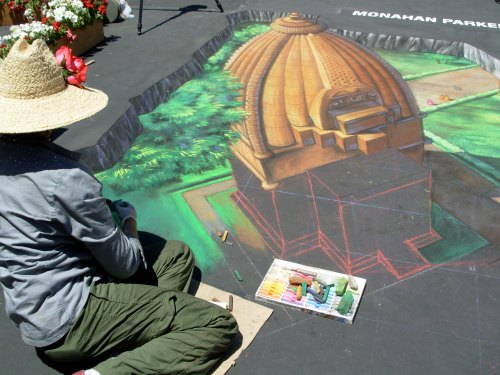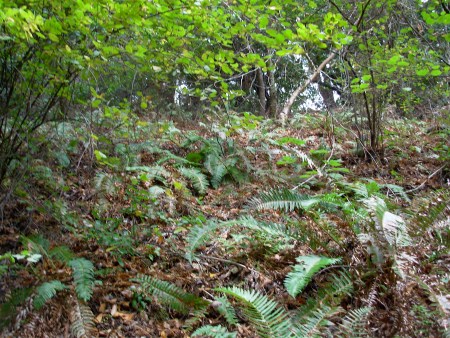While in New York (site of last week’s Photo Friday), I became completely entranced with “Ghost Signs”, faded advertising signs painted on the sides of brick buildings. Most of these are from decades ago. Some are faded beyond recognition. Many offer goods and services that have seen more popular times: millinery, lithography, shirtwaists, coatfronts, sewing machines, steam heat, furs and skins, paper and twine.
As I walked around Manhattan’s streets, gazing up and peering around corners for ghost signs, I felt like an urban archeologist. Each sign held a clue to past generations. Each felt like a surprise to discover, as well as a fleeting treat. I knew that the next time I might pass this way, the sign could very well be faded completely, lost to memory — or lost to new construction, as glass and steel might completely cover it up, much the way the tearing down of old buildings to make way for new ones may have led to some of these old ghost signs seeing the light of day once more.
I try to photograph ghost signs wherever I go. I have found New York City and Portland, Oregon, to be especially rich places for them, in addition to forgotten main streets and quiet roads where rural barns advertise tobaccos and colas. Look for an upcoming post that will feature more.
In the meantime, keep observing, wandering, and being open to a surprise or two. Last week reader Alice sent a link to this story on Slow Photography, which is more about the joyful process of taking pictures than it is about the finished result. (Thank you Alice. See Alice’s photos on flickr.)
Have you seen and photographed something unusual, whimsical, beautiful, or otherwise interesting in your travels? Has anything surprised you or caused you to pause? Or have you simply experienced a small, lovely moment that you wanted to capture? If so, I hope you’ll share with us by leaving a comment with a link to your photo. I look forward to seeing it!
Photo by Susan Sachs Lipman





























































































































